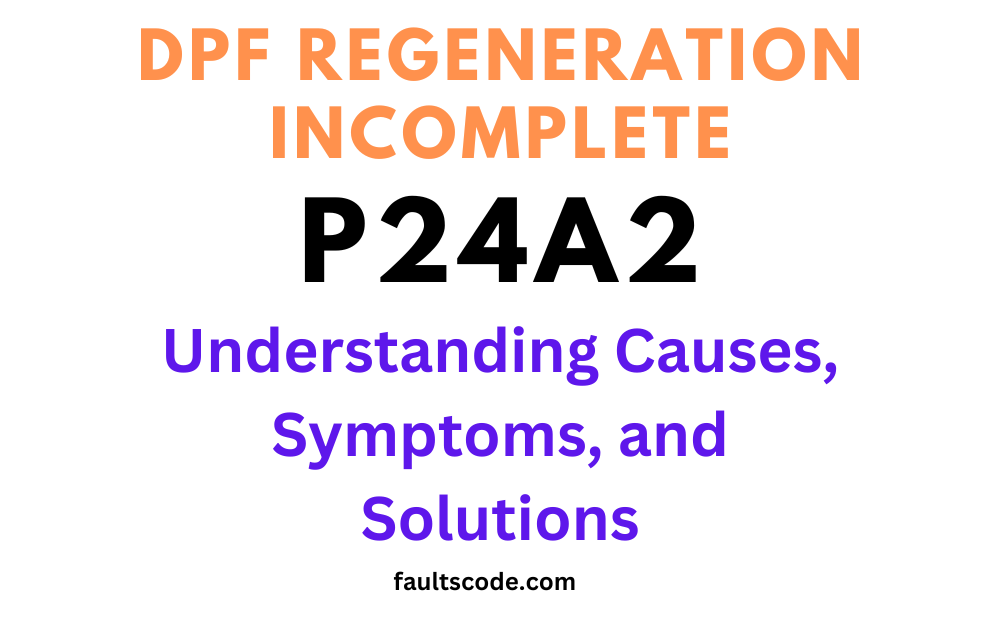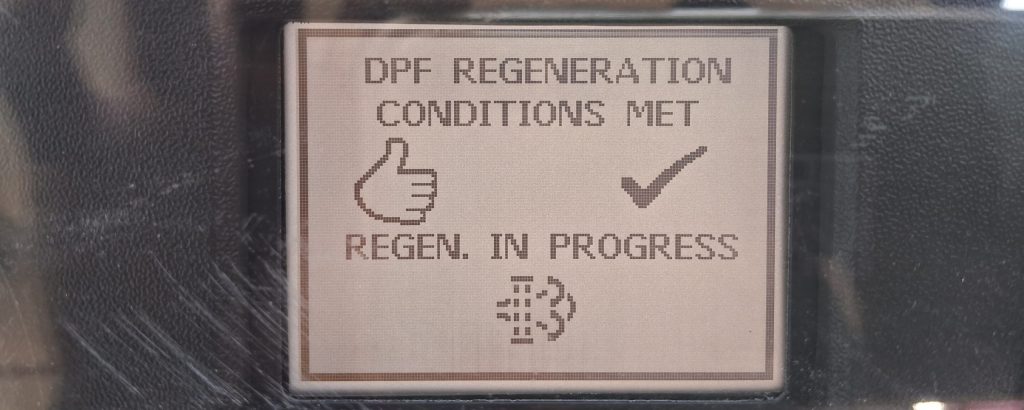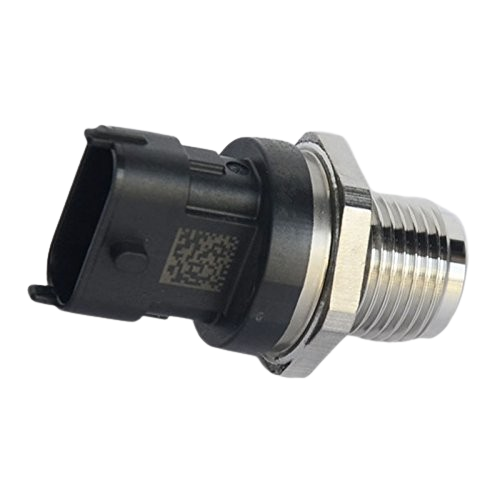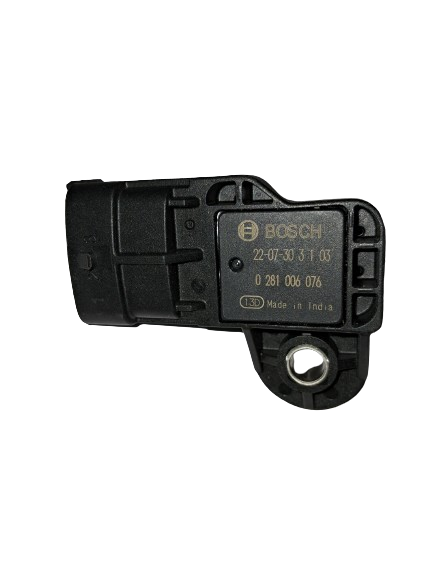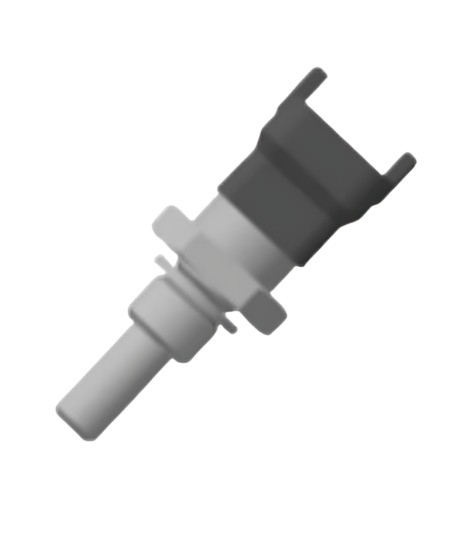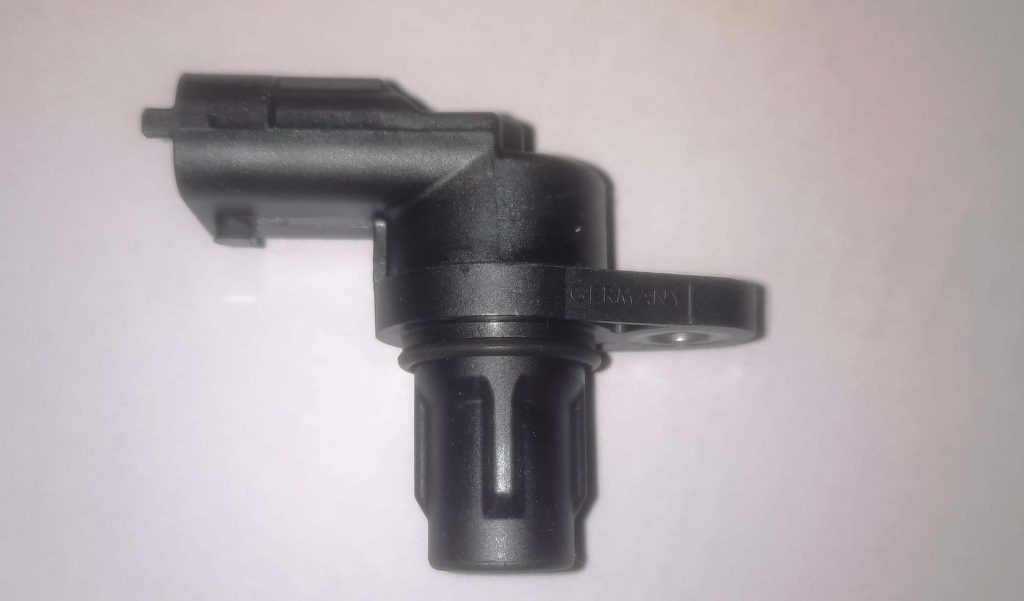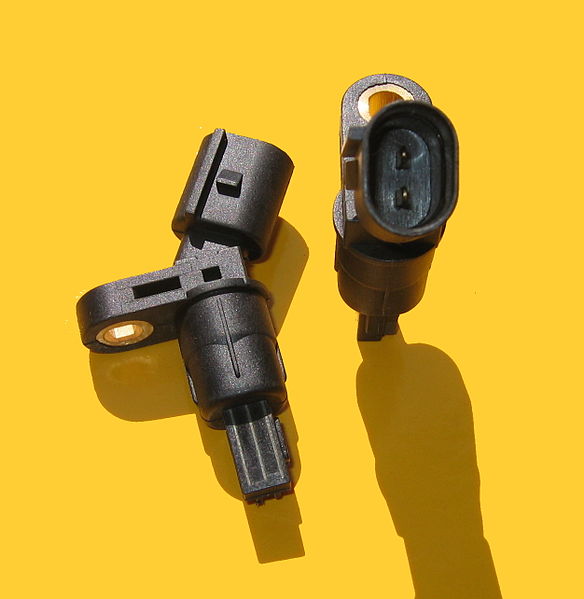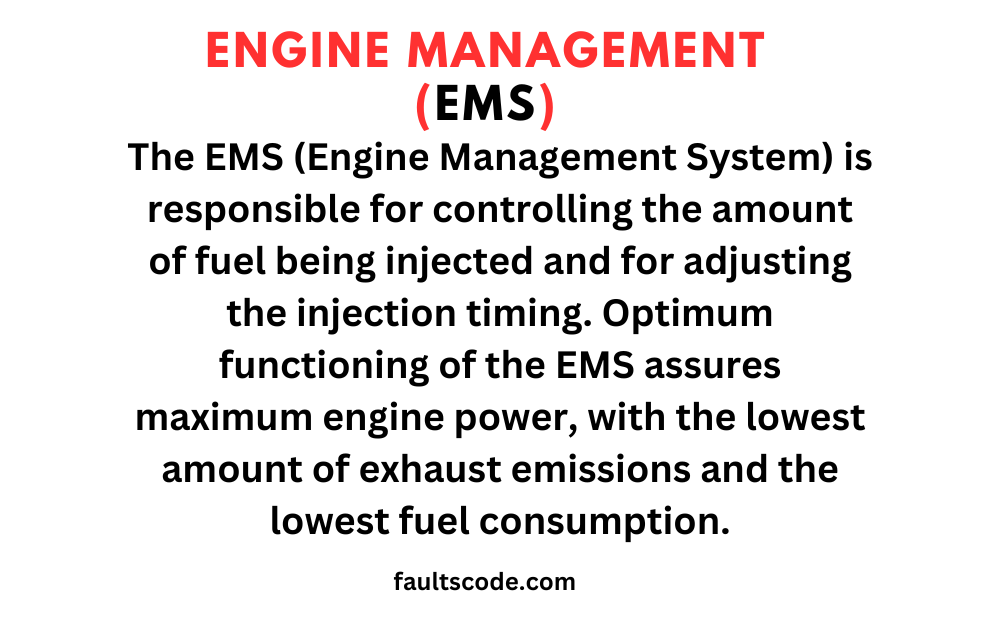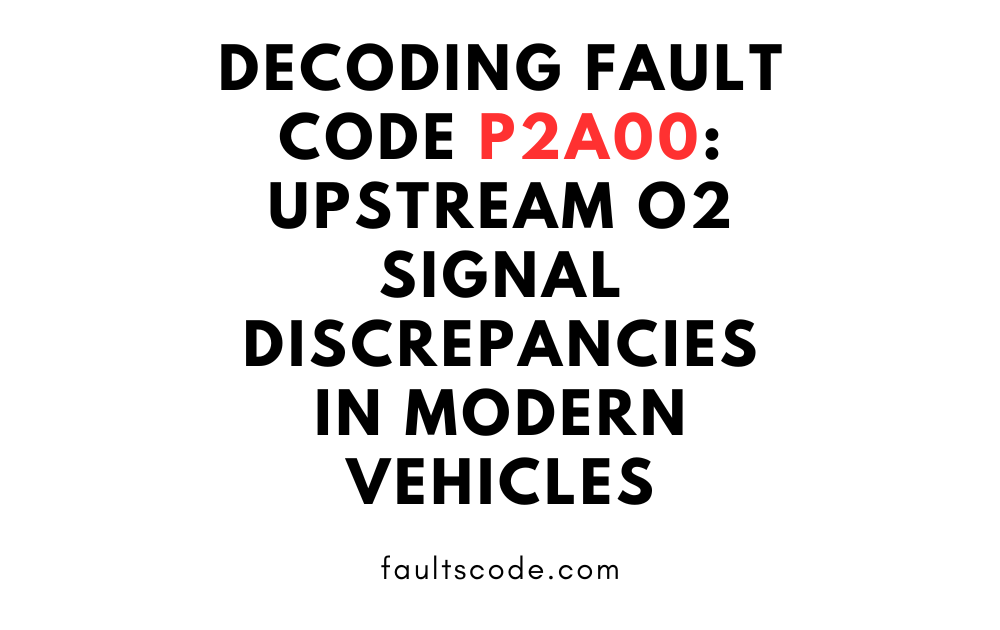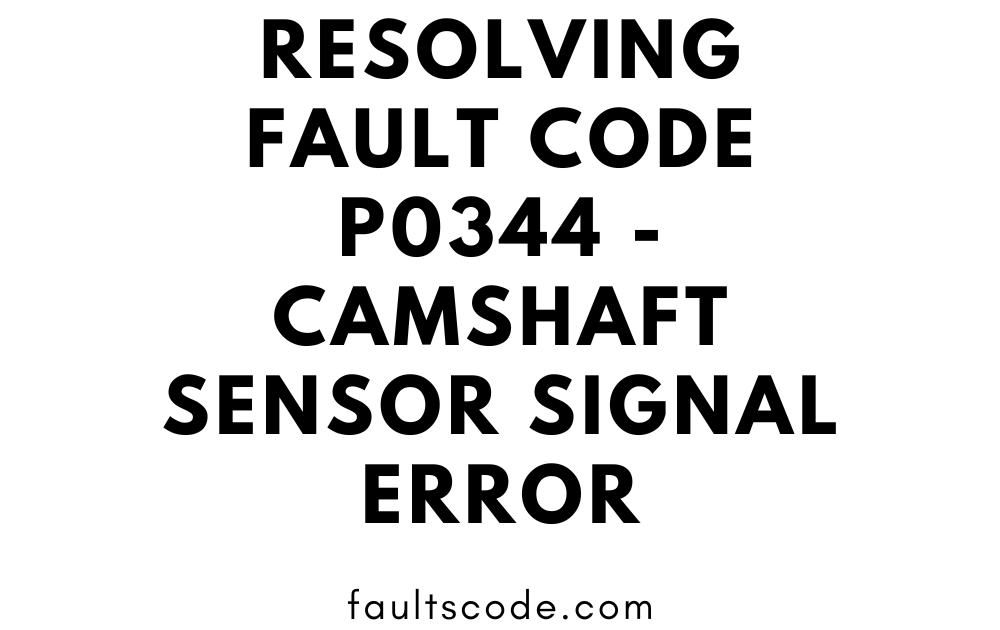Understanding The P0300 Diagnostic Trouble Code

Introduction – P0300 Fault Code
Explanation of Diagnostic Trouble Codes (DTCs)
Diagnostic Trouble Codes (DTCs) are codes generated by vehicles’ onboard diagnostic systems to indicate specific issues or malfunctions within the vehicle. These codes serve as valuable tools for mechanics and technicians to identify problems quickly and accurately.
Introduction to the P0300 DTC
One common DTC encountered by vehicle owners and technicians is the P0300 code. The P0300 code is a generic OBD-II code, meaning it applies to vehicles equipped with OBD-II diagnostic systems, which includes most vehicles manufactured since the mid-1990s. This code specifically relates to engine misfires.
Importance of Understanding and Addressing the P0300 Code
The P0300 code indicates that the engine has detected random misfires. Ignoring this code can lead to various issues such as reduced fuel efficiency, rough engine operation, and potential damage to the catalytic converter. Therefore, it is crucial to understand the causes and address the P0300 code promptly to ensure optimal vehicle performance and longevity.
What is the P0300 Code?
Definition and Meaning of the P0300 Code
The P0300 code is a diagnostic trouble code that indicates random or multiple cylinder misfires detected by the vehicle’s engine control module (ECM) or powertrain control module (PCM). In simpler terms, it means that the engine is not firing properly across all cylinders, resulting in rough running or other drivability issues.
Overview of the P0300 Code in the On-Board Diagnostics II (OBD-II) System
The P0300 code is part of the OBD-II system, which is a standardized system used in vehicles to monitor and diagnose engine and emissions-related issues. When the ECM or PCM detects misfires, it stores the P0300 code in its memory and illuminates the check engine light on the vehicle’s dashboard to alert the driver of a potential problem.
Understanding the Significance of the P0300 Code in Vehicle Diagnostics
The P0300 code is significant because it serves as a warning sign of potential engine performance issues. Ignoring or neglecting this code can lead to more severe problems, such as damage to the catalytic converter or other engine components. Therefore, diagnosing and addressing the underlying cause of the P0300 code is essential to maintain the vehicle’s reliability, performance, and emissions compliance.
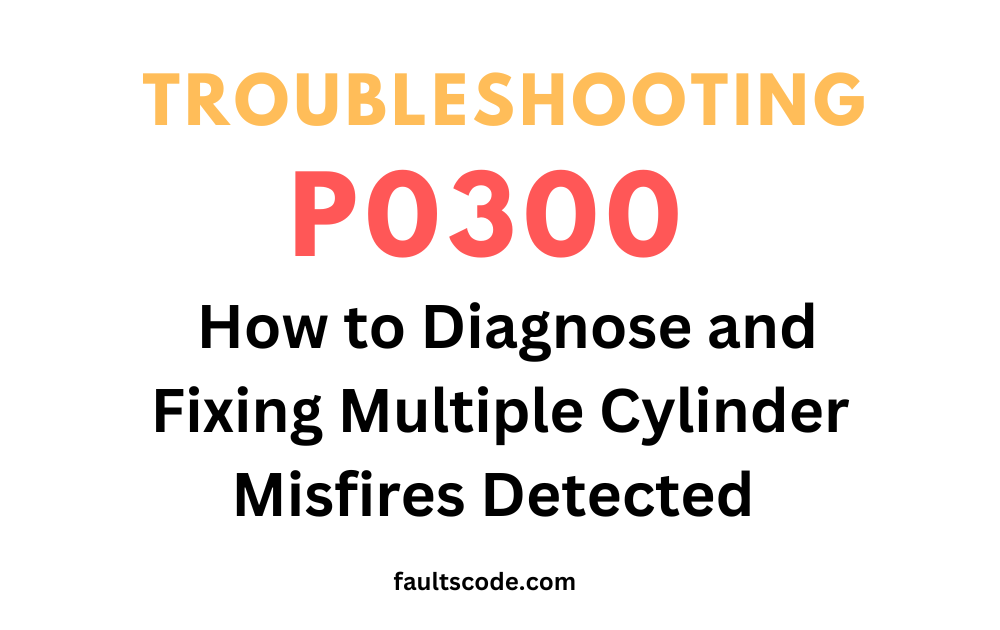
Common Causes of the P0300 Code
The P0300 code can stem from various underlying issues within the vehicle’s engine and fuel systems. Understanding these common causes is crucial for accurate diagnosis and effective resolution.
1. Spark Plug Issues and Misfires
Worn or fouled spark plugs can lead to inefficient combustion, resulting in misfires across multiple cylinders. Additionally, improperly gapped spark plugs or incorrect heat range can contribute to misfire issues.
2. Faulty Ignition Coil(s)
Defective ignition coils can fail to deliver the required voltage to the spark plugs, leading to inconsistent ignition and misfires. Ignition coil failure is a common cause of the P0300 code, particularly in vehicles equipped with individual ignition coils for each cylinder.
3. Fuel System Problems
Issues such as clogged fuel injectors, low fuel pressure, or a malfunctioning fuel pump can disrupt the fuel delivery process, causing lean or rich fuel mixtures and subsequent misfires.
4. Vacuum Leaks
Vacuum leaks in the intake manifold or associated hoses can result in an imbalance of air-to-fuel ratio, leading to rough engine operation and misfires.
5. Engine Mechanical Problems
Mechanical issues such as low compression, worn piston rings, or damaged valves can affect engine performance and contribute to misfires detected by the ECM or PCM.
6. Exhaust System Issues
Restricted exhaust flow due to a clogged catalytic converter or exhaust system component can lead to backpressure buildup, affecting engine operation and potentially triggering the P0300 code.
7. Other Potential Causes
Additional factors, including but not limited to, faulty sensors (e.g., mass airflow sensor), engine timing issues, or electronic control module (ECM) malfunctions, can also contribute to the occurrence of the P0300 code.
Identifying the specific cause of the P0300 code may require a comprehensive diagnostic process, including visual inspections, component testing, and data analysis using diagnostic tools. Consulting a qualified mechanic or technician is recommended to accurately diagnose and address the underlying issue.
Symptoms of a P0300 Code
Experiencing the P0300 code can manifest through various noticeable symptoms, indicating potential issues with the vehicle’s engine performance and drivability. Recognizing these symptoms is crucial for prompt diagnosis and resolution of the underlying problem.
1. Engine Misfiring
One of the primary symptoms associated with the P0300 code is engine misfiring. Misfires can occur intermittently or persistently and may result in rough or uneven engine operation.
2. Rough Idling
The engine may exhibit rough or unstable idling, characterized by erratic engine speed and vibration felt through the vehicle’s cabin. This symptom is often more pronounced when the vehicle is stationary or idling in gear.
3. Loss of Power or Acceleration
A noticeable reduction in engine power or acceleration may accompany the presence of the P0300 code. The vehicle may struggle to accelerate smoothly or respond sluggishly to throttle inputs.
4. Increased Fuel Consumption
Misfires caused by the P0300 code can lead to inefficient combustion, resulting in increased fuel consumption. Drivers may notice a decrease in fuel efficiency and more frequent refueling intervals.
5. Check Engine Light (CEL) Illumination
The illumination of the Check Engine Light (CEL) on the vehicle’s dashboard is a common indicator of the P0300 code. The CEL serves as an alert to the driver that a fault has been detected in the engine or emissions system, prompting further inspection and diagnosis.
It is essential to address these symptoms promptly to prevent potential damage to engine components and ensure continued safe operation of the vehicle. Consulting a qualified mechanic or technician for diagnosis and repair is recommended to accurately identify and resolve the underlying issue causing the P0300 code and associated symptoms.
Diagnostic Steps for the P0300 Code
When confronted with the P0300 code, a systematic diagnostic approach is essential to pinpoint the root cause accurately. Below are the recommended steps for diagnosing and resolving the P0300 code:
1. Using an OBD-II Scanner to Retrieve the Code
Begin by connecting an OBD-II scanner to the vehicle’s onboard diagnostic port. Retrieve the stored trouble codes, including the P0300 code, to identify the specific issue affecting the engine.
2. Visual Inspection of Key Components
Conduct a visual inspection of key components in the engine bay, including spark plugs, ignition coils, and wiring harnesses. Look for signs of damage, corrosion, or wear that could indicate potential issues contributing to misfires.
3. Testing Ignition System Components
Test ignition system components, such as ignition coils, spark plugs, and ignition wires (if applicable), using a multimeter or specialized testing equipment. Verify proper operation and electrical continuity to ensure consistent spark delivery to the cylinders.
4. Inspecting the Fuel System
Inspect the fuel system for any issues that could lead to misfires, such as clogged fuel injectors, low fuel pressure, or a malfunctioning fuel pump. Perform fuel pressure tests and injector flow tests to assess fuel delivery and atomization.
5. Checking for Vacuum Leaks
Check for vacuum leaks in the intake manifold and associated vacuum hoses using a smoke machine or propane enrichment method. Address any leaks found, as they can disrupt the air-to-fuel ratio and contribute to engine misfires.
6. Assessing Engine Mechanical Condition
Assess the engine’s mechanical condition by performing a compression test on each cylinder. Low compression can indicate issues such as worn piston rings, damaged valves, or a blown head gasket, which can lead to misfires.
7. Conducting Further Diagnostic Tests as Necessary
Based on the findings from the initial diagnostic steps, conduct further tests as necessary to narrow down the root cause of the P0300 code. This may include additional sensor testing, exhaust system inspections, or using advanced diagnostic equipment.
By following these diagnostic steps systematically, technicians can identify and address the underlying issues causing the P0300 code, restoring the vehicle’s engine performance and reliability. It is recommended to consult a qualified mechanic or technician for accurate diagnosis and repair of the P0300 code and associated symptoms.
Repair Options for Resolving the P0300 Code
Resolving the P0300 code requires addressing the underlying issues contributing to engine misfires. Depending on the diagnostic findings, various repair options may be considered to effectively resolve the problem:
1. Repairing or Replacing Faulty Spark Plugs
Replace worn, fouled, or damaged spark plugs with new ones that meet the manufacturer’s specifications. Ensure proper gapping and installation to facilitate consistent ignition and combustion in the cylinders.
2. Addressing Issues with Ignition Coils
Repair or replace faulty ignition coils that are failing to deliver adequate voltage to the spark plugs. Ensure proper connections and secure mounting to prevent future issues.
3. Repairing or Cleaning Fuel Injectors
Clean or replace clogged or malfunctioning fuel injectors to ensure proper fuel delivery to the cylinders. Perform injector flow tests to verify optimal performance and fuel atomization.
4. Fixing Vacuum Leaks
Address vacuum leaks in the intake manifold or associated hoses by repairing or replacing damaged components. Ensure proper sealing to maintain the integrity of the air-to-fuel ratio and prevent lean conditions that can lead to misfires.
5. Resolving Engine Mechanical Problems
Address engine mechanical issues identified during the diagnostic process, such as low compression, worn piston rings, or damaged valves. Perform necessary repairs or rebuilds to restore engine performance and combustion efficiency.
6. Repairing or Replacing Exhaust System Components
Replace worn or damaged exhaust system components, such as the catalytic converter or oxygen sensors, if they are contributing to restricted exhaust flow or emissions-related issues.
7. Other Repair Options Based on Specific Diagnosis
Depending on the specific diagnosis and root cause of the P0300 code, additional repair options may be necessary. This could include addressing sensor malfunctions, correcting engine timing issues, or repairing electronic control module (ECM) faults.
Choosing the appropriate repair options for resolving the P0300 code requires thorough diagnosis and consideration of the vehicle’s specific condition. It is recommended to consult a qualified mechanic or technician for accurate diagnosis and repair to ensure the effective resolution of the P0300 code and restoration of optimal engine performance and drivability.
Importance of Timely Resolution
Addressing the P0300 code promptly is crucial for maintaining the health and performance of the vehicle. Here are several reasons why timely resolution is essential:
1. Avoiding Potential Damage to the Engine and Other Components
Failure to resolve the P0300 code can lead to prolonged engine misfires, which may result in damage to vital engine components such as the pistons, valves, and catalytic converter. Timely intervention prevents costly repairs and ensures the longevity of the engine.
2. Preventing Further Deterioration of Vehicle Performance
Engine misfires can significantly impact vehicle performance, causing rough idling, reduced power, and poor acceleration. By addressing the underlying issue promptly, drivers can restore smooth operation and enjoy optimal performance from their vehicles.
3. Ensuring Compliance with Emissions Regulations
Misfires often lead to increased emissions of harmful pollutants such as hydrocarbons (HC) and carbon monoxide (CO). Timely resolution of the P0300 code helps maintain compliance with emissions regulations, reducing environmental impact and ensuring the vehicle remains roadworthy.
4. Enhancing Overall Vehicle Reliability and Safety
A vehicle experiencing engine misfires due to the P0300 code may become unreliable and unsafe to drive, especially if the misfires occur during critical driving conditions. By resolving the issue promptly, drivers can restore confidence in their vehicle’s reliability and safety on the road.
In conclusion, timely resolution of the P0300 code is essential for preserving the integrity of the engine, optimizing vehicle performance, meeting emissions standards, and ensuring overall reliability and safety. It is advisable for vehicle owners to address the issue as soon as it arises to avoid further complications and maintain the health of their vehicle.
Conclusion
In conclusion, the P0300 code serves as a critical indicator of engine misfires, highlighting potential issues that require immediate attention. Understanding the significance of this code is essential for maintaining the health and performance of your vehicle.
Prompt diagnosis and repair are paramount when dealing with the P0300 code. Ignoring or delaying resolution can lead to further damage to the engine and other components, compromising vehicle reliability, safety, and emissions compliance.
It is strongly encouraged to seek professional assistance from qualified mechanics or technicians when diagnosing and repairing the P0300 code. Their expertise and specialized tools can streamline the diagnostic process and ensure accurate resolution of the underlying issues.
Ultimately, proactive maintenance and timely intervention are key to preserving the health and performance of your vehicle. Regular inspections, prompt repairs, and adherence to manufacturer recommendations contribute to prolonged vehicle lifespan, improved fuel efficiency, and a smoother driving experience.
By prioritizing the prompt resolution of the P0300 code and addressing any underlying issues promptly, you can enjoy peace of mind knowing that your vehicle is operating at its best and is ready to tackle the road ahead.


